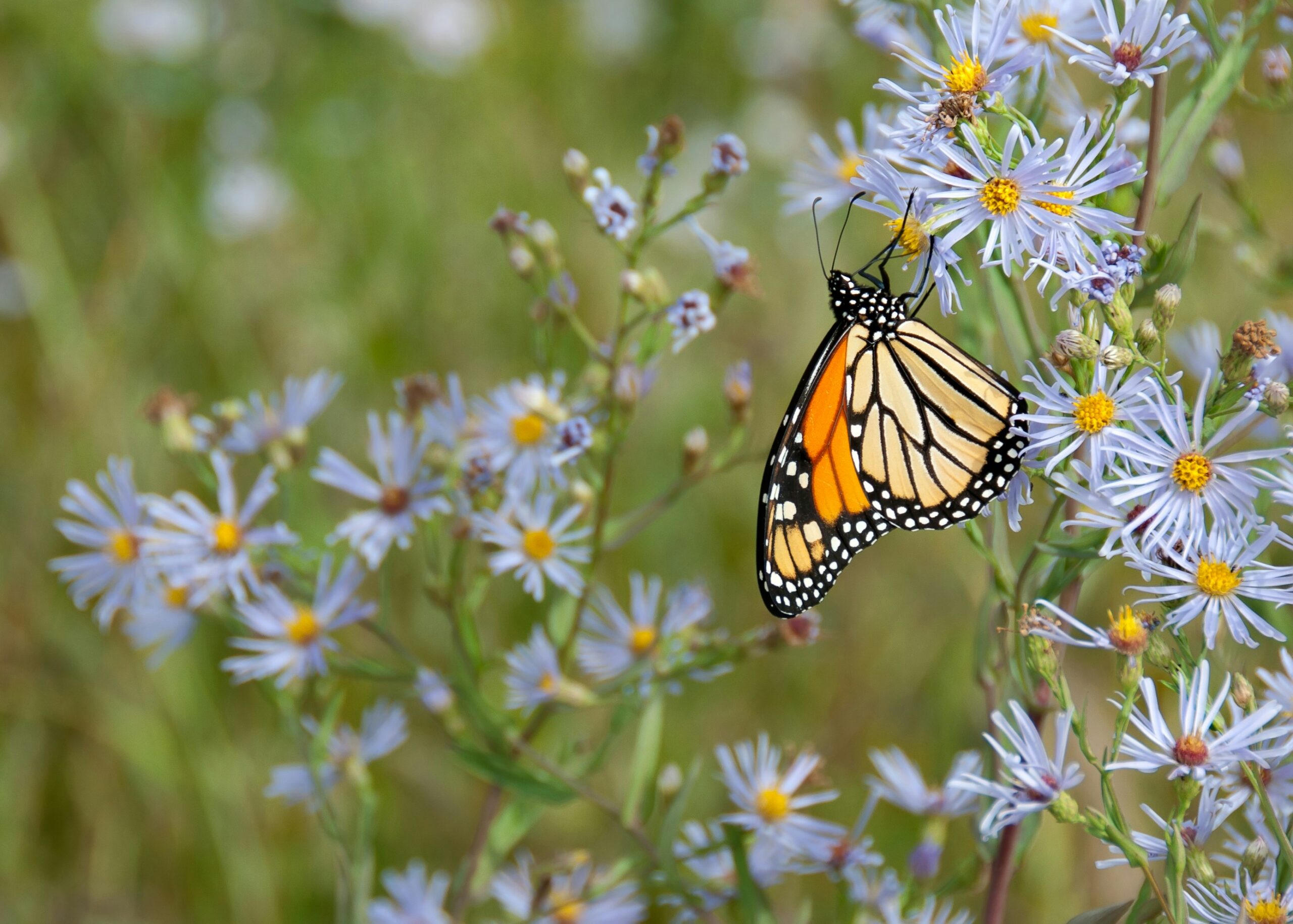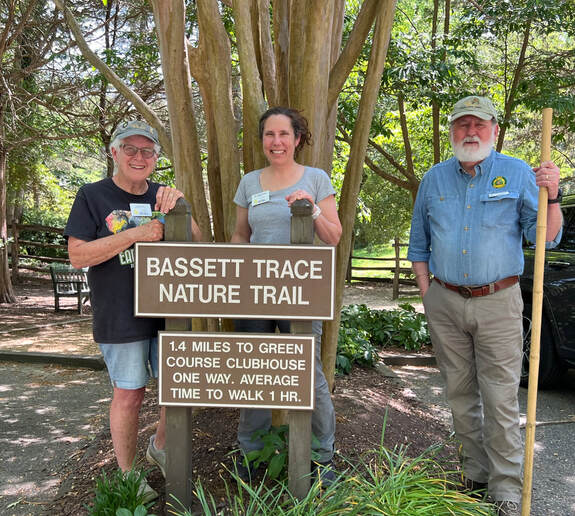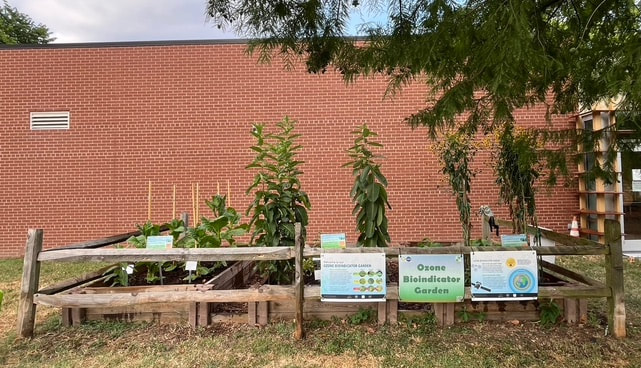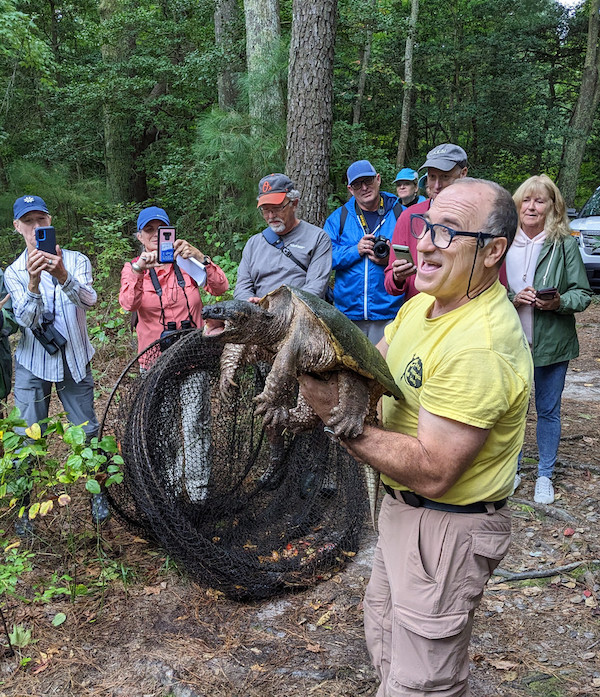
A Community-Based Natural Resources Volunteer Program
About Us
Virginia Master Naturalists are volunteer educators, citizen scientists, and stewards helping Virginia conserve and manage natural resources and public lands.
Our Blog

The Friends of the Bassett Trace Nature Trail at Colonial Williamsburg
–By Rick Brown, VMN-Historic Rivers Chapter The Bassett Trace Nature Trail is a 1.4-mile out-and-back trail found within the 585 acre Bassett Woodlands at Colonial Williamsburg. The trailhead is located…

Paspahegh Demonstration Garden: A Bridge to Harmony and Healing
By Linda Hughes, VMN-Historic Rivers Chapter Like our nation’s Native American peoples, Virginia Master Naturalists have a goal of building communities of people committed to harmony and healing our ecosystems.…

Laurels – Spring 2025
ARMN Ozone Bioindicator Garden, July 3, 2024, taken by Barbara Hoffheins. Arlington Regional Master Naturalist Ozone Bioindicator Garden 2025 marks the fifth year that the Arlington Regional Master Naturalist chapter…
Connect with Us
For general inquiries about the Virginia Master Naturalist program, please contact:
masternaturalist@vt.edu540-231-0790
